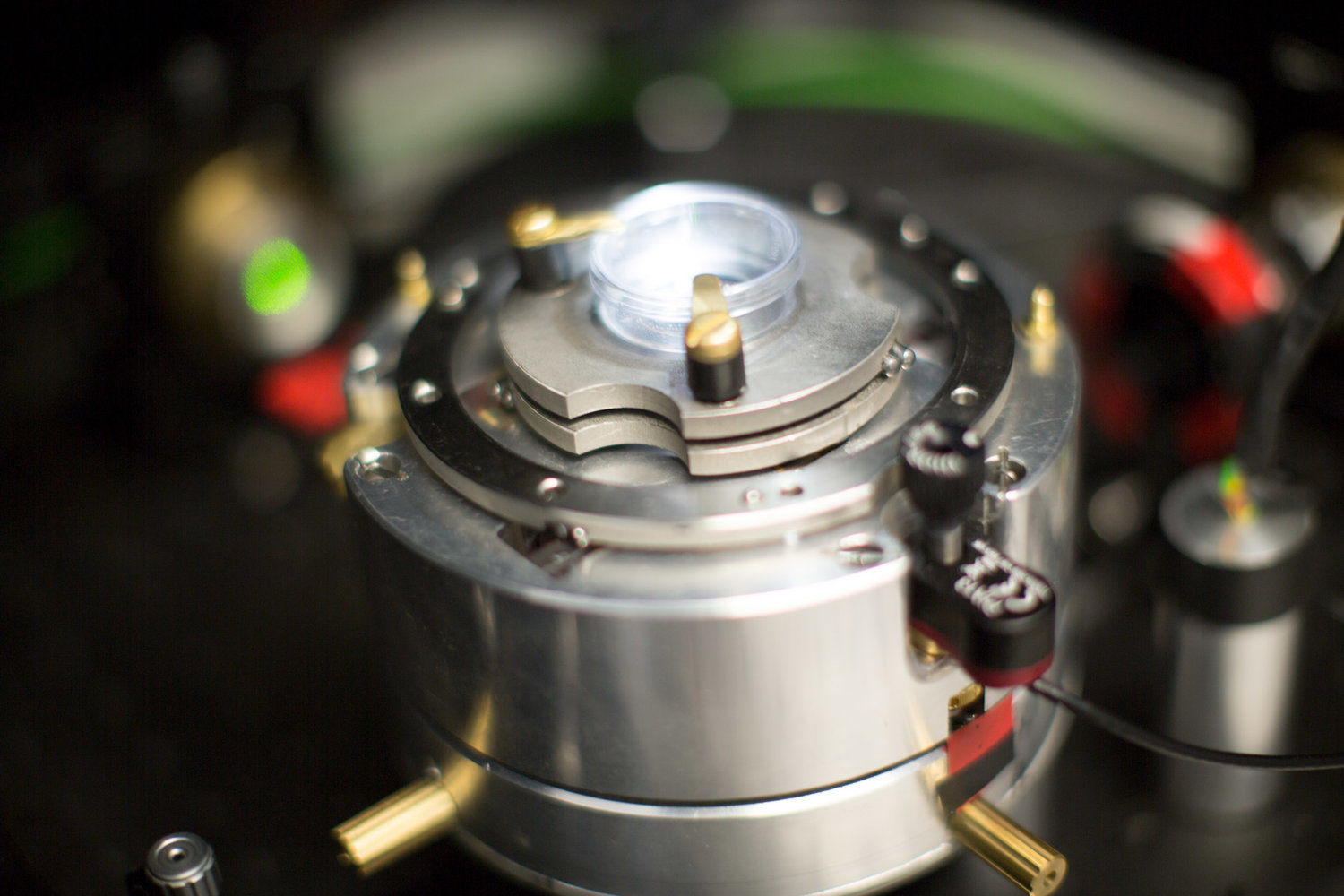Rapid AMR detector to inform antibiotic prescribing
Rapid antimicrobial susceptibility testing (AST) of patient samples would inform GPs and hospital clinicians which antibiotics will be effective and to which the bacteria show resistance. Crucially, the test results would be available in time for the first antibiotics to be prescribed, rather than 48 hours later as is typical for current testing methods.
What is the problem?
GPs currently prescribe ~80% of the antibiotics used in the UK and they are prescribed empirically for presumed bacterial infection without any testing which can lead to the overuse and inappropriate use of antibiotics. When patient samples (such as urine) are sent to the diagnostic laboratory for testing, culturing the bacteria within the specimen can take up to 36-48 hours to determine which species of bacteria are causing the infection. A further 2 days are then needed to undertake antibiotic susceptibilty testing (AST) to determine which antibiotics the bacterial strain is sensitive to.
If a GP could, within under an hour, detect whether bacteria are present in a patient’s sample, and at the same time, determine which antibiotics the bacteria are sensitive to, it would inform the GP the most effective antibiotic to prescribe and treat the infection from day 1. This benefits the patient, helps to steward the antibiotics we have left, slows the emergence of AMR and helps reduce healthcare costs.
A potential solution
A highly interdisciplinary team led by Dr Massimo Antognozzi (School of Physics) have developed, from an initial EPSRC BristolBridge-funded pump-priming project, a very sensitive and simple optical technique (Sub-Cellular Fluctuation Imaging - SCFI) that detects and images nanoscale fluctuations in the bacterial cell envelope when the bacteria are alive - dead bacteria look still.
These fluctuations are too small to be seen using an optical microscope, but the unique optical set up of SCFI allows the team to directly image them in real time. Using this technology the team can detect the effects of antibiotics as soon as they have acted on the bacteria - leading to a very rapid AST. This paves the way for the development of a rapid AST to be used in hospital diagnostic labs or as a portable device for point of care testing in GP practices.
Next steps and outcomes
The team have won successive funding to allow them to develop their technology further, and most importantly, talk to potential clinical users of their technology to find out where and how it could be applied. The team were awarded a Longitude Prize discovery award to further develop the technology specifically for susceptibility testing. Innovate UK funding prompted the team to set up University of Bristol spin-out - Vitamica Ltd - which is based at Bristol's Unit DX business incubator.
The team recently won an NIHR i4i Connect award to design and prototype a multi-channel sample cartridge for a novel urinary tract infection (UTI) AST device.
The team are also taking a new approach to combine their current (SCFI) technique with bioprinting technology whereby an inkjet-based deposition method can be used to accurately print an array of bacteria-containing droplets on a glass surface and, using the same technique, different antibiotic droplets can be rapidly dispensed onto the micro-printed bacteria. In addition to the reduced testing time, the method of micro-printing bacteria and antibiotics will greatly simplify the test through automation, resulting in a more attractive diagnostic technology.
These improvements are all necessary steps in the journey of taking the technology towards a viable diagnostic tool suitable for near-patient clinical use and greatly reduce the required time for an AST from 2 hours to under 20 minutes, making it more suitable for the management of UTIs in primary care settings.
The team also want to see their test being used in hospital laboratories for susceptibility testing and are currently undertaking studies to prove that this is feasible with a view to helping treat sepsis with an appropriate and effective antibiotic as soon as it is suspected in a patient. The company is securing investment to enable them to build more prototypes and begin trials using clinical samples.

Researchers involved
- Dr Massimo Antognozzi (School of Physics)
- Prof Matthew Avison (School of Cellular and Molecular Medicine)
- Dr Darryl Hill (School of Cellular and Molecular Medicine)
- Dr Helen Baxter (Bristol Medical School)
- Dr Niamh Redmond (NIHR CLAHRC West)
- Prof Ruth Oulton (Dept. Electrical and Electronic Engineering and School of Physics)
- Dr Krishna Coimbatore Balram (Dept. Electrical and Electronic Engineering)
- Kanasanun Phonrat
External collaborators
- The Avoidable Hospital Admissions Health Integration Team (ITAcA HIT)
- Dr Maha Albur (Southmead Hospital)
- North Bristol NHS Trust
- Dr Charlotte Bermingham (CTO, Vitamica Ltd)
- Vitamica Ltd
Funding
- EPSRC BristolBridge
- EPSRC Institutional Sponsorship
- Elizabeth Blackwell Institute MRC Confidence in Concept
- SETSquared iCURe
- Longitude Prize Discovery Award
- University of Bristol, Faculty of Life Sciences
- Innovate UK
- BrisSynBio MBA
- NIHR i4i
- EPSRC IAA KTS award
Contact
Dr Massimo Antognozzi
email: massimo.antognozzi@bristol.ac.uk
Tel: +44 (0) 117 92 88749